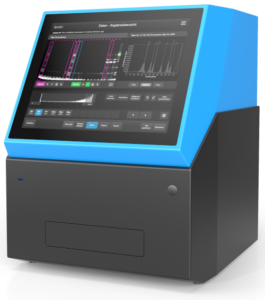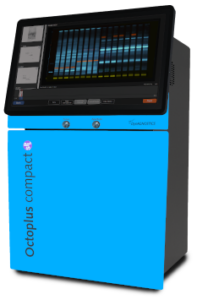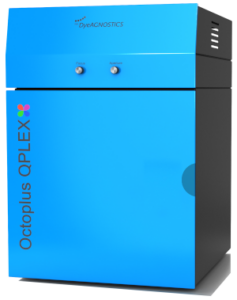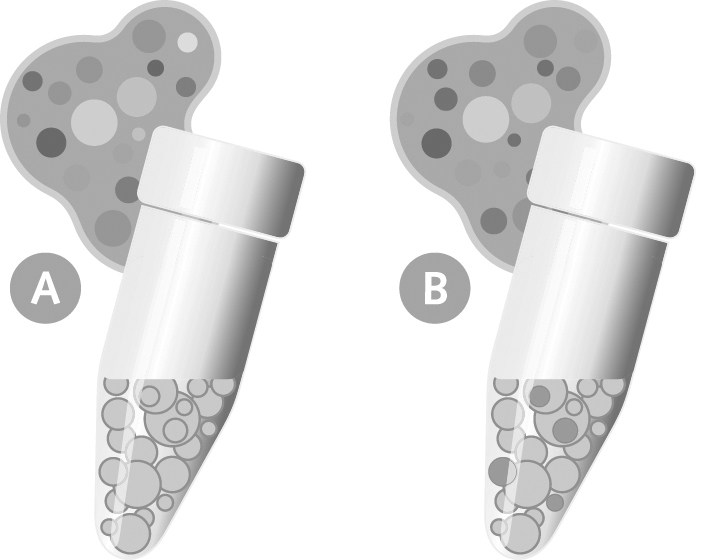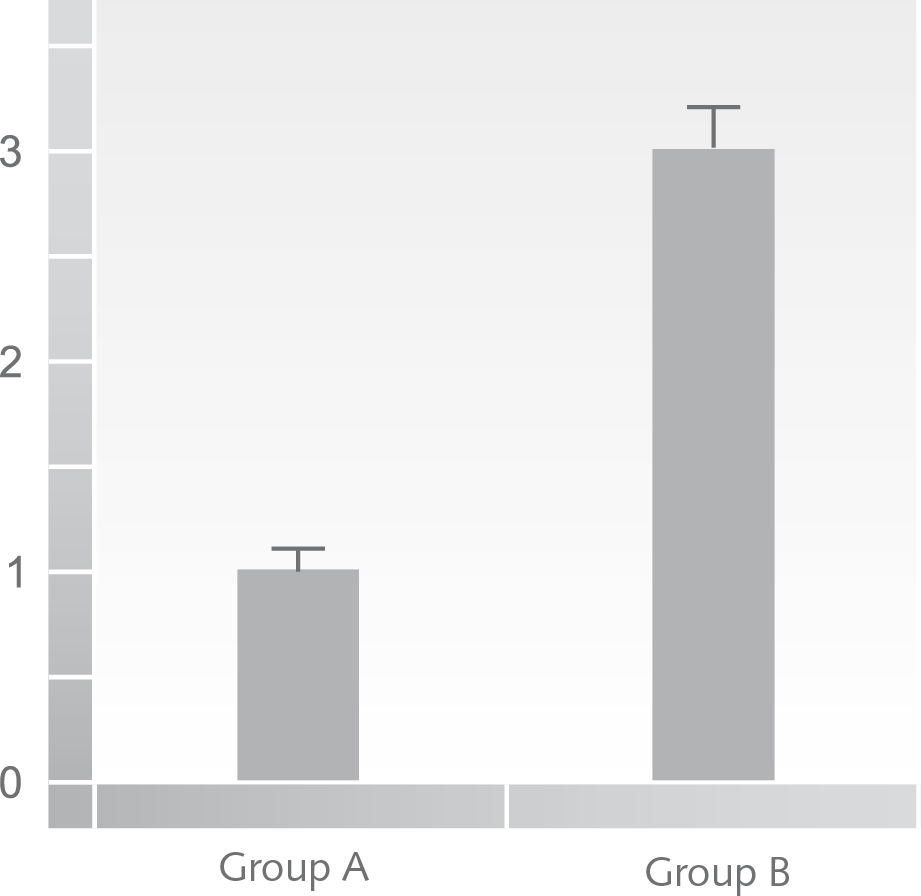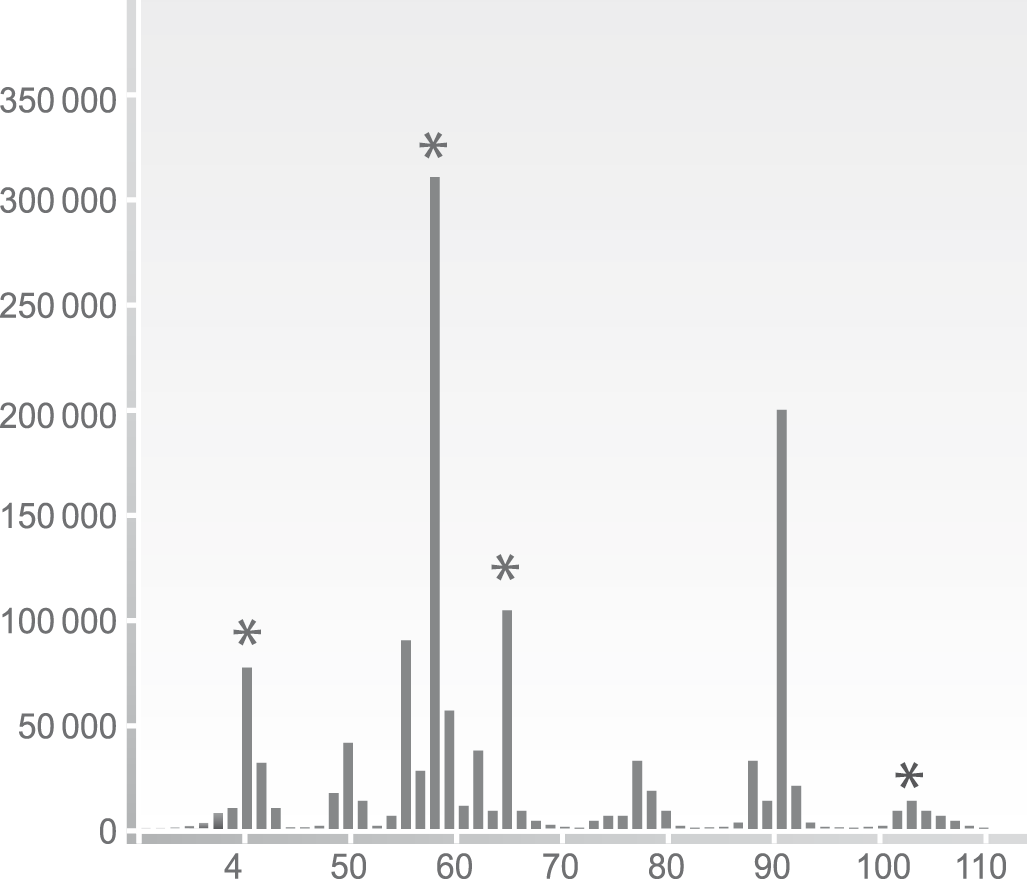-
Archives
- March 2024
- July 2023
- April 2023
- January 2023
- October 2022
- May 2022
- January 2021
- June 2020
- March 2020
- February 2020
- June 2019
- May 2019
- November 2018
- September 2018
- June 2018
- April 2018
- January 2018
- December 2017
- September 2017
- August 2017
- June 2017
- March 2017
- September 2016
- February 2016
- September 2015
- February 2015
- January 2015
- October 2014
- June 2014
- April 2014
- March 2014
- November 2013
- July 2013
- June 2013
- April 2013
- March 2013
- February 2013
- October 2012
- September 2012
- July 2012
- June 2012
- May 2012
- April 2012
- March 2012
- December 2011
- September 2011
- August 2011
- May 2011
- January 2011
Imaging Systems for Fluorescence, ECL, UV & Vis
Posted in Allgemein
Comments Off on Imaging Systems for Fluorescence, ECL, UV & Vis
Maßgeschneiderte Protein-Services für schnelle Ergebnisse
Posted in Allgemein
Tagged 2D-Gel, Glycosylierung, LC-MS/MS, Massenspektrometrie, Phosphorylierung, Proteinanalytik, Proteomic, Top-Down Proteomic, Western Blot
Leave a comment
New VELUM Gels: Replacement for EXCEL gels
Posted in Allgemein
Comments Off on New VELUM Gels: Replacement for EXCEL gels


